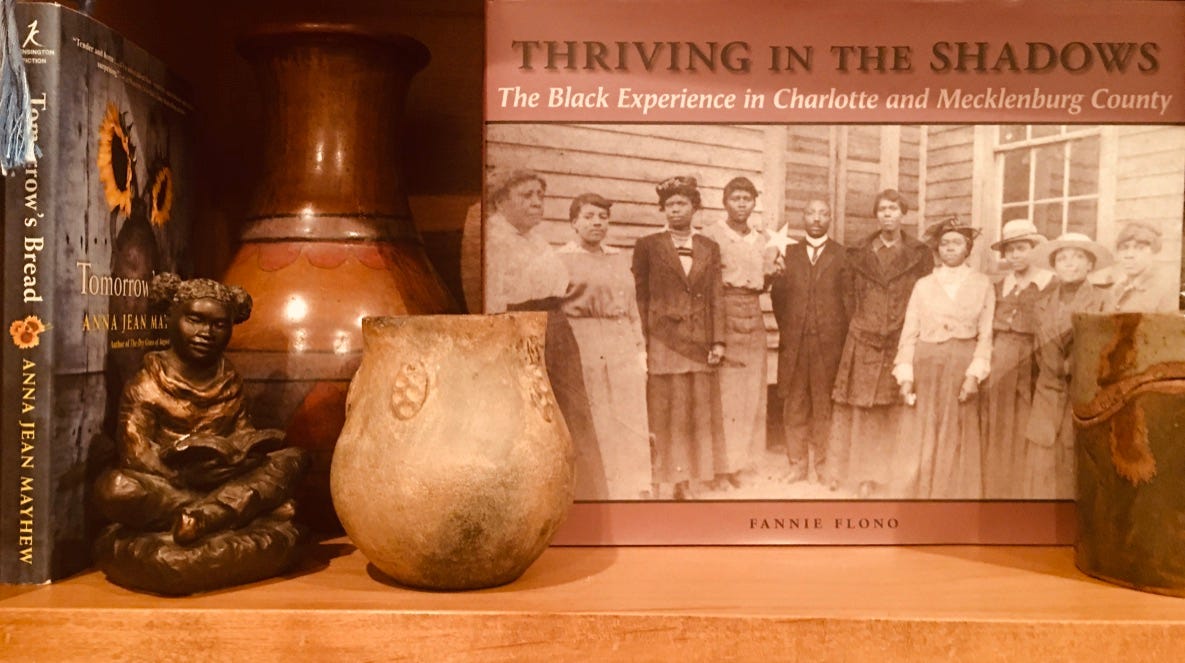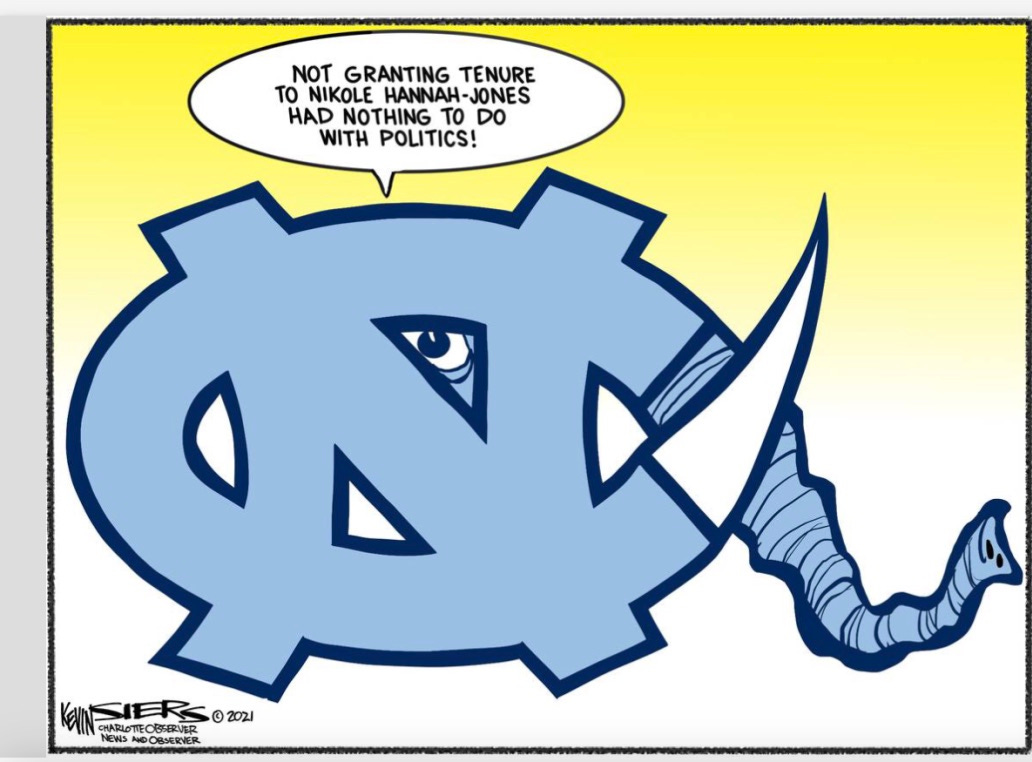Hi and Happy Weekend!
In this exploration of America’s soul through its news I don’t want to be clueless Elmer Fudds in aimless search of “wabbits” in the classic Bugs Bunny cartoon. There are maps, tools, identified habitats and patterns we can watch for.
tracking tools
This week I’ll start with a few tools for tracking so you’re familiar with some language. Just about all I’ll use in newShrink fall under my two most overarching rants about news from a psych standpoint:
To move forward in any meaningful way, individually and collectively, with intensely divided politics, national history that includes slavery, race relations, systemic racism, antiracism and a host of other issues requires application of basic unconscious dynamics: shadow, blind spots, shadow-projection and bias. These are in the story, inherent in the problems, and need to be part of any solutions. And…
The soul-searching restorative work desperately needed around such issues as political-, gun-, racial- and police-violence requires a psychological frame that takes into account all we know from neuroscience about our human functions that are unconscious. That means understanding and making decisions (and policies) based on how our brains, nervous systems and bodies—where our emotions originate and live—respond without and before cognitive thought, especially when high emotional reactivity is aroused. Solutions based solely (and retroactively) on what’s “reasonable” or “intentional” while ignoring this are not solutions, but rationalizations. (Rationalizations that continue to get more people killed and otherwise harmed.)
Starting with shadow this week and the neuroscience next, I’ll aim to demystify and put these in more everyday language and images of news and popular culture.
First-up here, a favorite book by a favorite person on an important topic.

basics: shadow, its blind spots and projections
Also this week, to streamline the main News Notebook email I’m adding active link buttons to regular weekly posts on the website—to the Library today for definitions, references and other longer details in the news segment.
To understand and apply the idea of the shadow in practical ways doesn’t require being particularly esoteric, fond of psychological jargon or “Jungian/post-Jungian” at all. But for a foundation with some basic definitions,
In this start at demystifying shadow we’ll look first at news and then at some cultural examples from film and music, especially ones where extreme contrasts and even caricature can help illustrate.
news-in-review shadow themes
A big development on the national front this week is the voluminous (and yet limited) U.S. Senate comprehensive bipartisan report released Tuesday on the January 6 Capitol riots:
“There were significant, widespread and unacceptable breakdowns in the intelligence gathering. . . . The failure to adequately assess the threat of violence on that day contributed significantly to the breach of the Capitol… The attack was, quite frankly, planned in plain sight,” Homeland Security and Government Affairs Committee chair Gary Peters (D-MI) said.
(Equally visible, in real-time coverage for which we are all primary sources, were unleashed, unclaimed, utterly unconscious goblins of our collective denied shadow that day in our nation’s Capitol.)
The emerging controversies regarding teaching of critical race theory and/or the Pulitzer Prize winning 1619 Project as integral to U. S. history are another ongoing large-issue news story I am following nationally, in my home state and at my alma mater, the UNC-Chapel Hill Hussman School of Journalism and Media.
Senate Minority Leader Mitch McConnell and 38 Republican Senators called for removal of history from the Pulitzer Prize winning 1619 Project from federal education funding—disregarding the first 150 years of American colonization and its economy.
This move at the federal level echoes multiple state legislatures proposing laws to prohibit teaching multiple elements of anti-racism, The 1619 Project and efforts known as critical race theory. Psychological elements here include denial of shadow side of history and its inevitable related projection of evil into the other—a dynamic inherent in our complex racial history.
If you missed The 1619 Project when it first appeared in The New York Times at the 300-year anniversary of the arrival of slaves in America, it is a fascinating, well researched and multi-faceted piece. Here is a link
In a Tuesday essay political historian Heather Cox Richardson released a May essay in which she outlines the broader issues about politicization of history.
And here in North Carolina the flagship site of the UNC university system, and one of the nation’s oldest, has been embroiled in related controversy that has gained national attention and concern since May. This excerpt from the Raleigh News & Observer’s Martha Quillen and Kate Murphy provides an overview of the issues:
“UNC-Chapel Hill trustees were met by more than three dozen students, faculty and community protesters Thursday who are upset that acclaimed journalist Nikole Hannah-Jones did not get tenure for a new position she will begin this summer. Later in the day, UNC leaders attempted to clarify the issue as campus and national outcry continued to mount. Hannah-Jones is a Pulitzer Prize-winning New York Times investigative journalist and MacArthur Fellowship “Genius Grant” recipient who will join the UNC-CH faculty as the Knight Chair in Race and Investigative Journalism in July, a role for which others have been routinely tenured. Read more here:
Pulitzer prize-winning cartoonist Kevin Siers of The Charlotte Observer saw the GOP-led UNC tenure controversy this way:
And with this from Leonard Pitts of The Miami Herald, sometimes the headline delivers the punch:
“These folks are so scared, sometimes they don’t even want to know what they don’t know”
(Each of us, individual and collective, scared of our own shadow).
“…. when we are forced to finally see our own humanity reflected in the eyes of the Other, paradigms tend to shift. And walls to fall. And change to stir.”
For more coverage of the Hannah-Jones case and commentary on the psychological elements:
🦋💙
Here’s a change of tone from a Western N.C. reader as the focus shifts to shadow in popular culture. With this cartoon I was primed to make something of it like “eating of the shadow, type-A American style.” But I can’t top his several creative ideas described in the caption.

shadow themes in pop culture
I’ll save for a later post details on importance and usefulness of archetypes—universal patterns and themes in story, myth, arts and beliefs across time and cultures—to our efforts at understanding the soul or psyche. Will just note how being able to place ourselves, or our culture in its time, within the idea of larger stories can be illuminating—often precisely because it’s not personal, so is in no way threatening. Useful archetypes needn’t be classical ancient myth, biblical, religious texts or Shakespeare. Many of us connect more with Tom Hanks in Saving Private Ryan than mythological Odysseus… Stephen Colbert over Midsummer Night’s Dream… popular song vs soulful poetry.
And from the point of view of the psyche, sometimes the more hokey, even stereotypically overdrawn vs merely archetypal, gets the point across vividly. (In his memoir Jung rather comically said he could not abide “the language of archetypes. I find them bombastic and embarrassing!”)
Here are two shadow examples from film and music, one relatively recent and one decades-old.
Seeking the more recent, I looked at the Bradley Cooper-Lady Gaga rendition of A Star is Born with the hit song “Shallow.” Considering the shadow theme, the Cooper character’s ultimately fatal spiraling-out occurs in tandem with the Gaga character’s literal coming into spotlight. Totally identified with an inflated, idealized idea of himself (exacerbated by drugs and alcohol), the disappearance of that self-image with no deep replacement feels, and becomes, death for him.. The character essentially drowns in shadow—while both characters, with painful irony, have been singing beautifully about depth.
This second example had actually kept nagging me first. As often happens when I’m working something out, writing in my head while out on a run or over morning coffee, I get the most corny, mundane or ultra-matter-of-fact imaginal stuff from the psyche. ( Where others get time-space travel, the theory of relativity or a whole Harry Potter series I get newspaper headlines, highway directional signs or those “NO” circles with the diagonal lines if it’s something urgent.) More often, it’s nagging, repetitive song lyrics.
That’s how I wound up with shadow themes in the decades-old, critically panned tearjerker-best-worst-women-friends-forever movie, “Beaches,” with Bette Midler and Barbara Hershey. (At least Miss M’s voice is still divine amid overblown sentiment. The theme song “Wind Beneath My Wings”—whose “shadow-owning” first verse became my ear-worm—won major music awards and sustained-hit status for years.
The song caps the film’s convoluted plot-lines that spanned decades. It’s a vivid if melodramatic rendition of how “owning and claiming one’s shadow” looks and feels. There’s a “running to the opposite” flip at first, from “me-hero/you-shadow to you-hero/me shadow.” (When of course, if one character didn’t seem always to have to be dying or dead by this point in movies, we might get to see two people learn how both of them are and get to be both hero and shadow-figure.)
🦋💙
Before closing today, my thanks to folks sending me good material and for sharing newShrink with friends who have joined us. You can always catch up with everything on the website Archive by clicking the “couch logo” at the top of the newsletter. And anyone can go straight from browsers to the website (https://newshrink.substack.com) anytime.
Another sharp-eyed reader sends this sign-off video—especially for those of us who enjoy that elephant-parade image in the regular closing signature poem-link from William Stafford. We can use a reminder that parading elephants get tired and need rest:
Wild elephants take nap during migration across China's Yunnan Province
And, that is all I have! Talk to you next Friday.
🦋💙tish
… it is important that awake people be awake,
or a breaking line may discourage them back to sleep;
the signals we give — yes or no, or maybe —
should be clear: the darkness around us is deep.
— William Stafford, “A Ritual to Read to Each Other”




